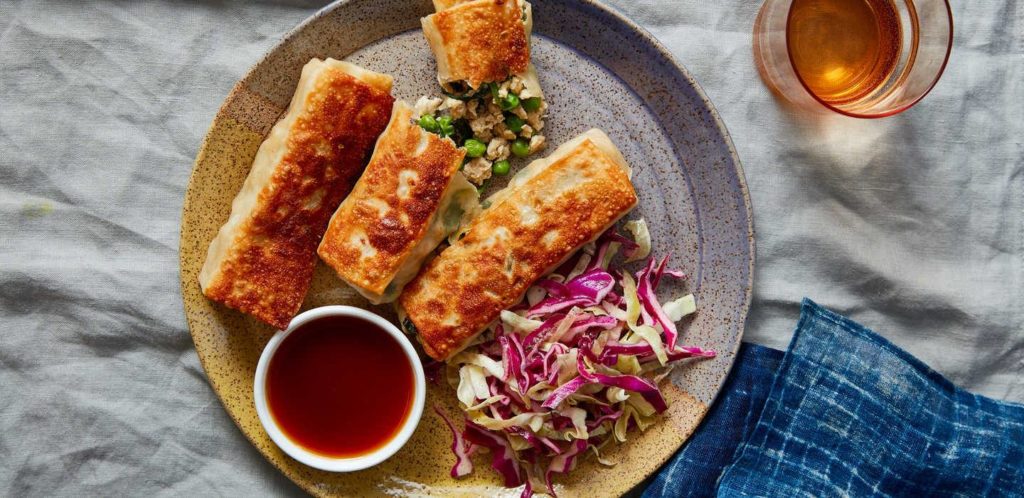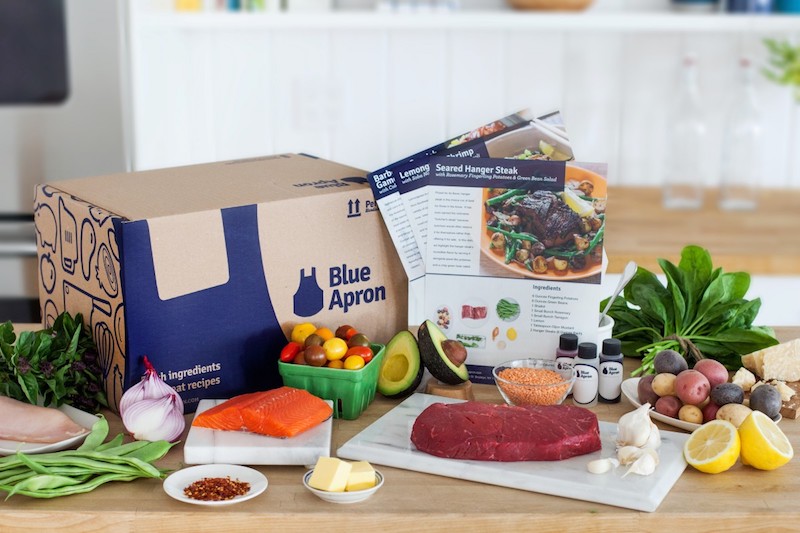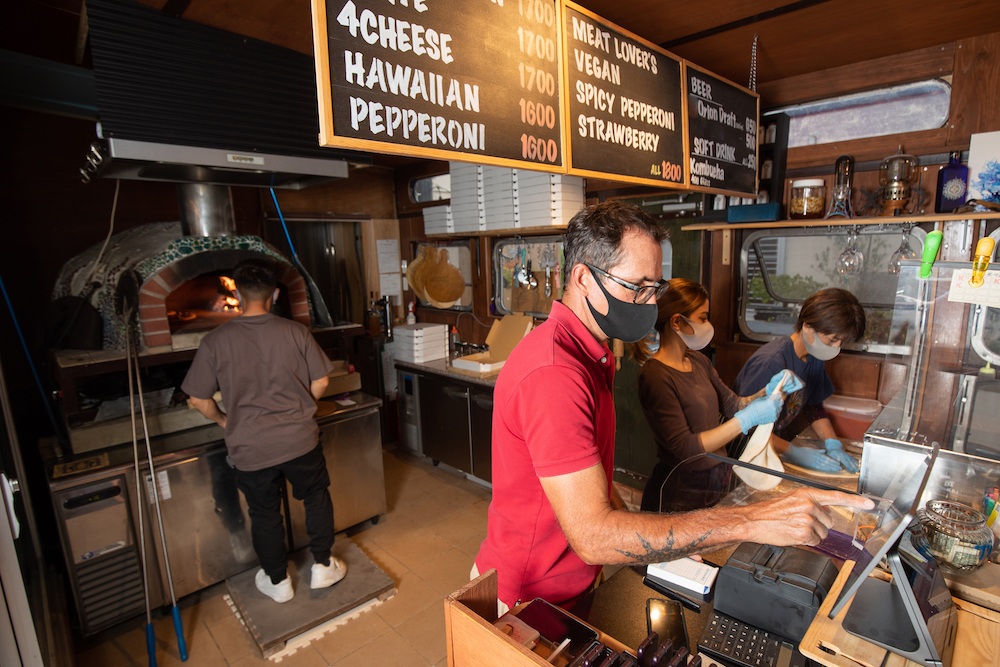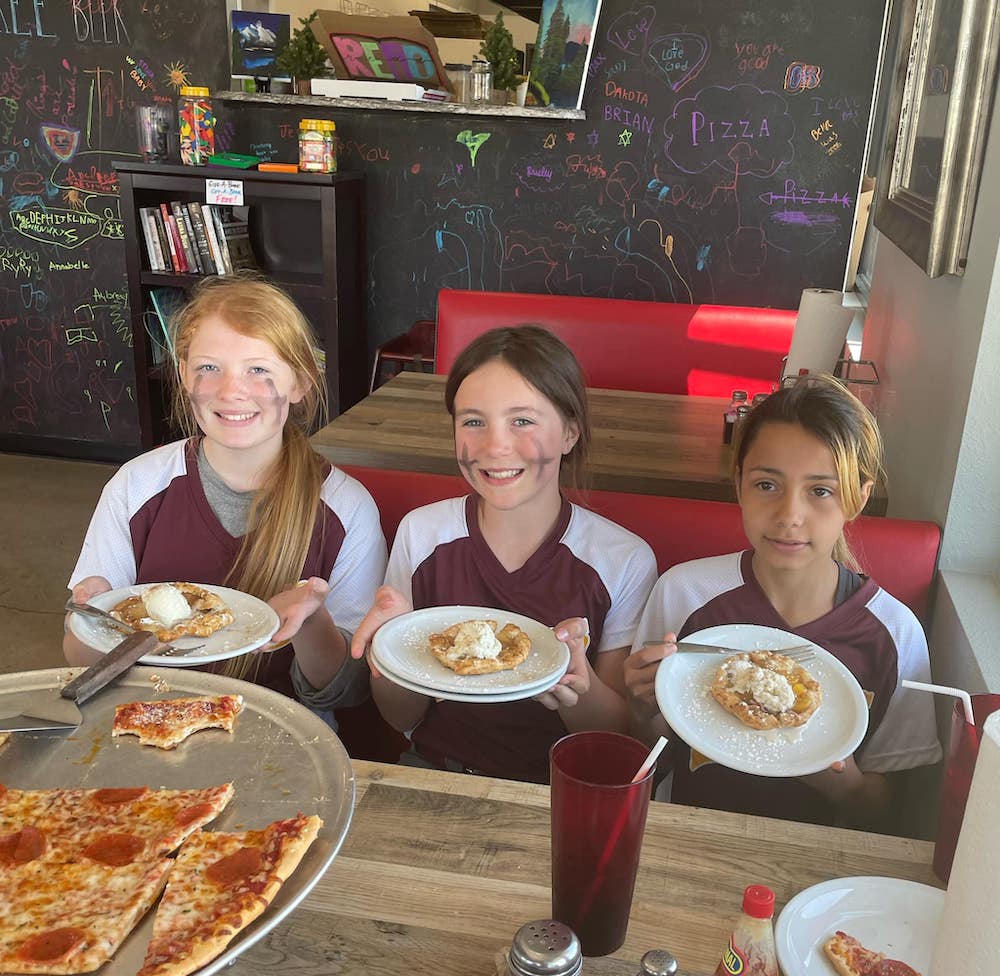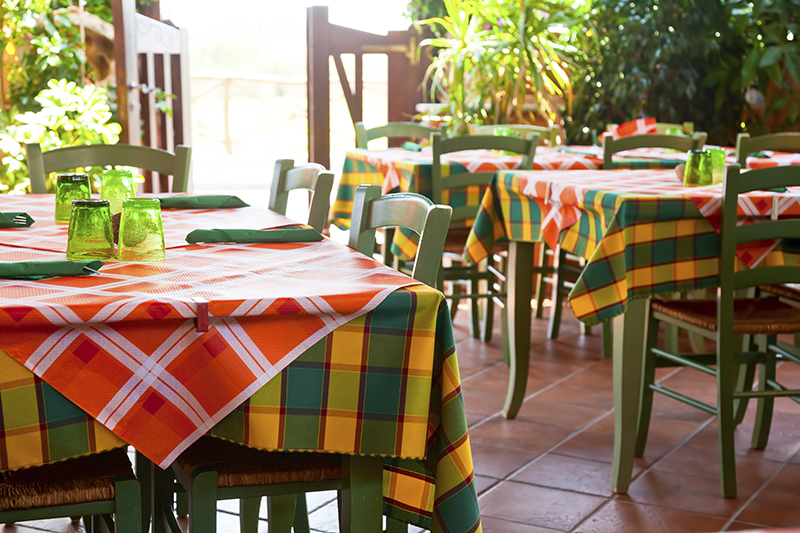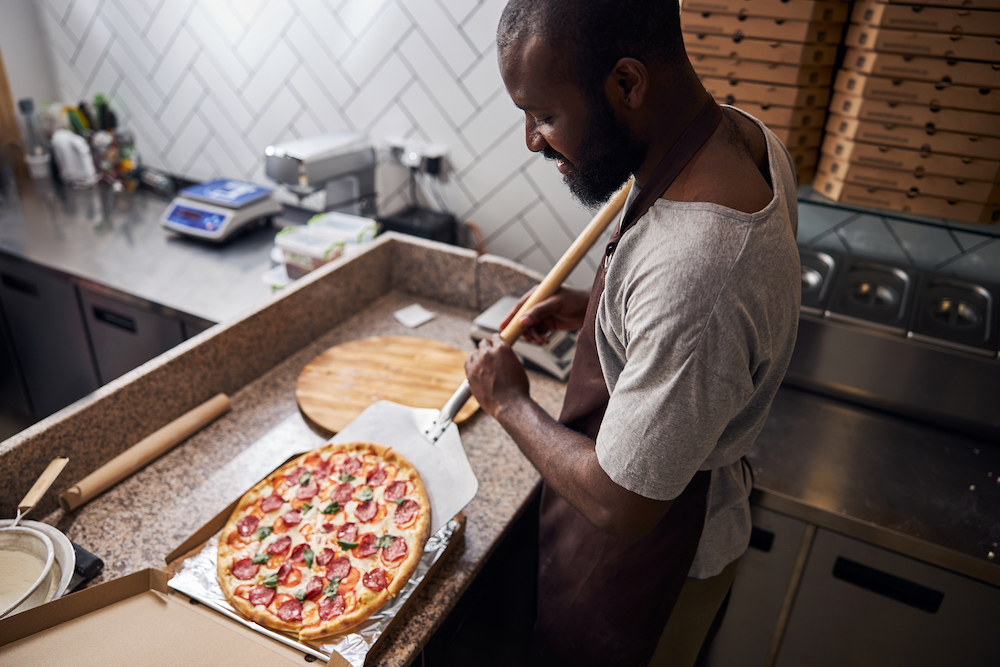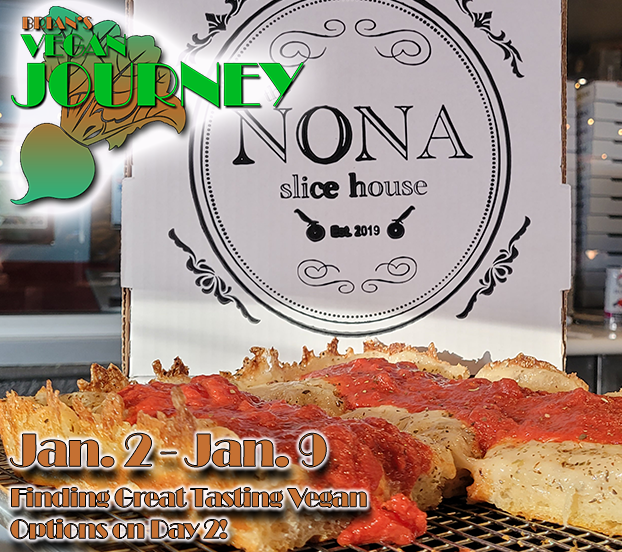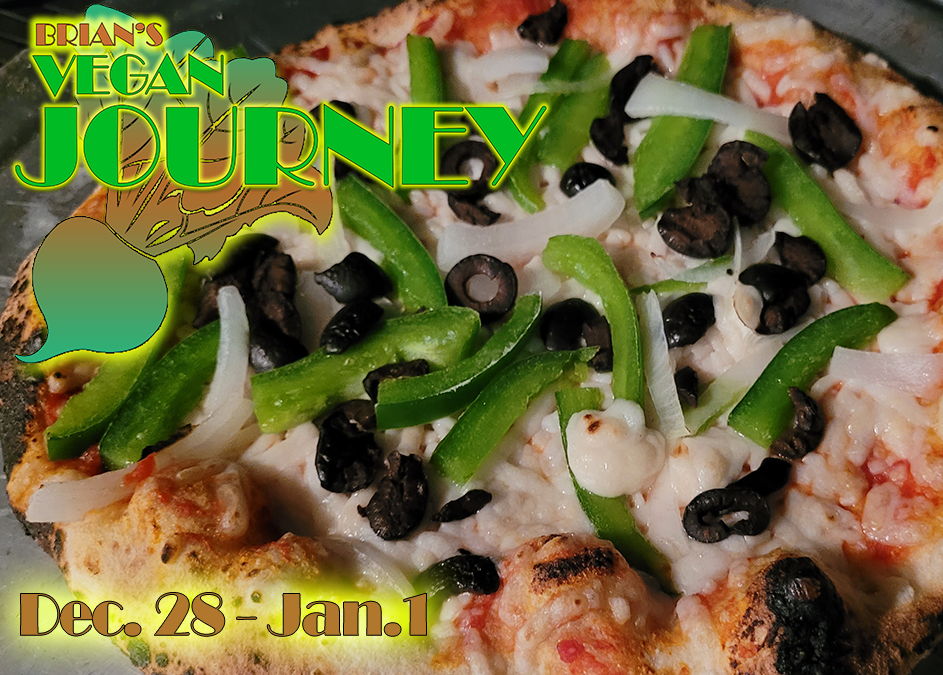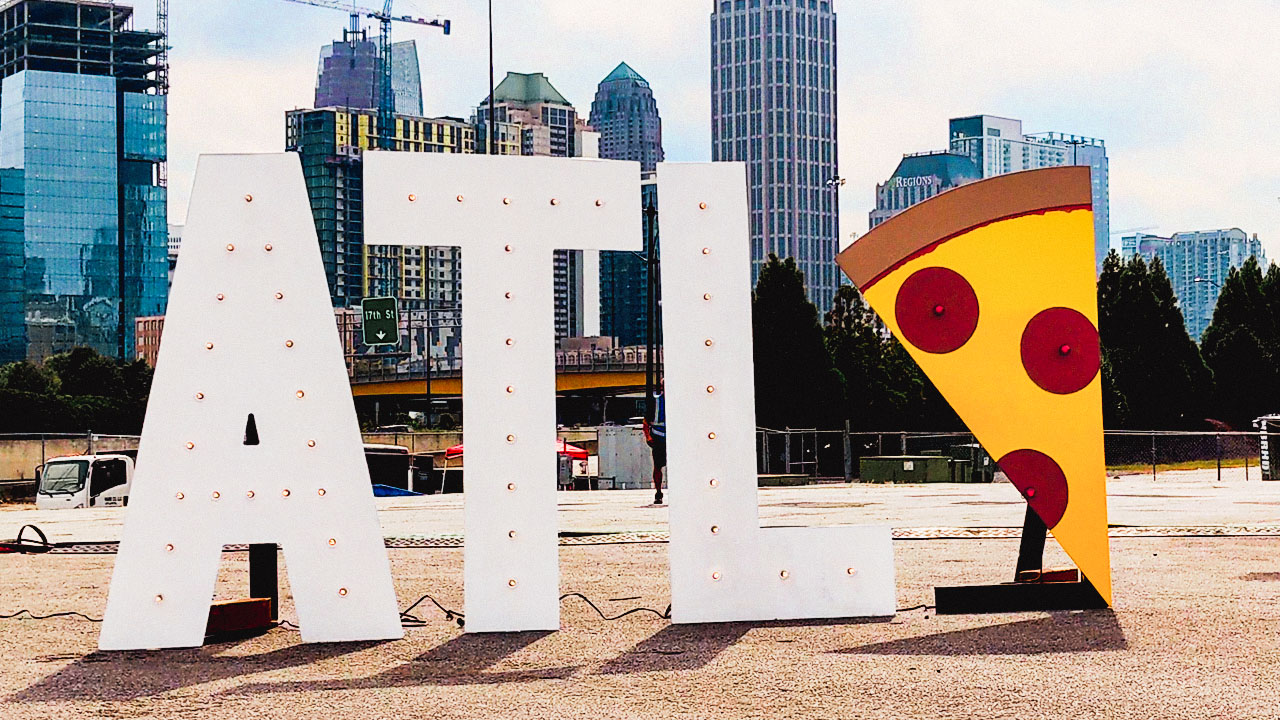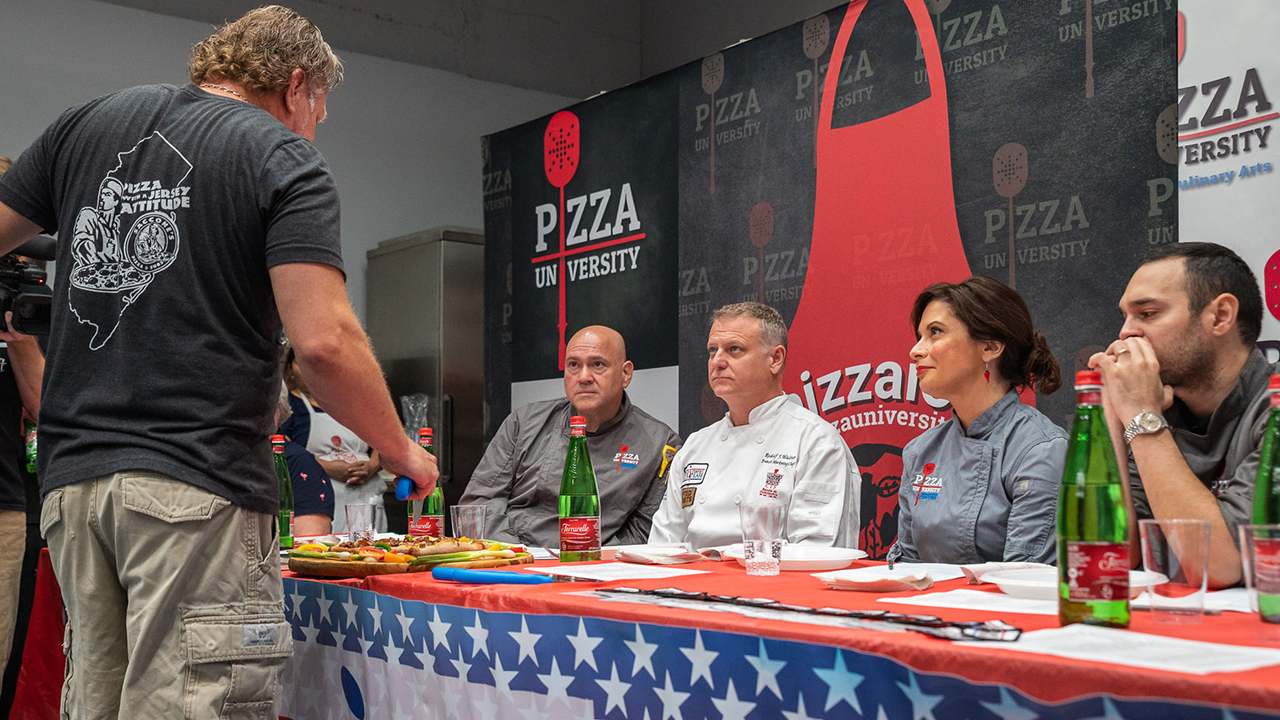Meal kit delivery could take business—especially higher-income diners—from full-service restaurants in the coming years, according to a new study by research firm Pentallect.
Pentallect’s report, titled “Meal Kits: Are They a Real Threat to Foodservice, Retail or Both?” describes the meal-kit sector as a “small, explosive-growth and high-interest food industry segment.”
The meal-kit market accounts for only $2.2 billion in the $1.5 trillion food industry, the report notes, but Pentallect forecasts growth of 25% to 30% per year over the next five years. “Only 3.8% of the surveyed households have tried a meal kit in the past 30 days, and 27% are interested in trying one,” the report says. “The low household penetration provides significant headroom for growth. Furthermore, online and traditional retailers are entering the market,” including Amazon, while major food companies like Nestle and Unilever are investing in meal kit companies.
At present, only 3.8% of households have tried a meal kit, but 27% are interested in trying it out, according to Pentallect. Among consumers who already use meal kits, 53% list convenience as the main reason, followed by “enjoy the experience” (34%) and “unique items” (28%). The report states, “While there is certainly a novelty factor…meal kits are succeeding to a significant extent because they are bringing the experience of eating out to the home with ‘experience’ defined in the context of differentiated recipes, specialty ingredients, variety, a ‘fun’ factor and overall high quality.”
Value is also key to their appeal. Meal kits often sell for around $10, including delivery, compared to around $20 for a meal in a full-service establishment. “Many restaurants, most notably casual dining chains, are not currently meeting consumer expectations with respect to these important drivers,” the report states. “This ‘experience gap’ has created a real vulnerability for restaurants, and meal-kit companies are exploiting it.”
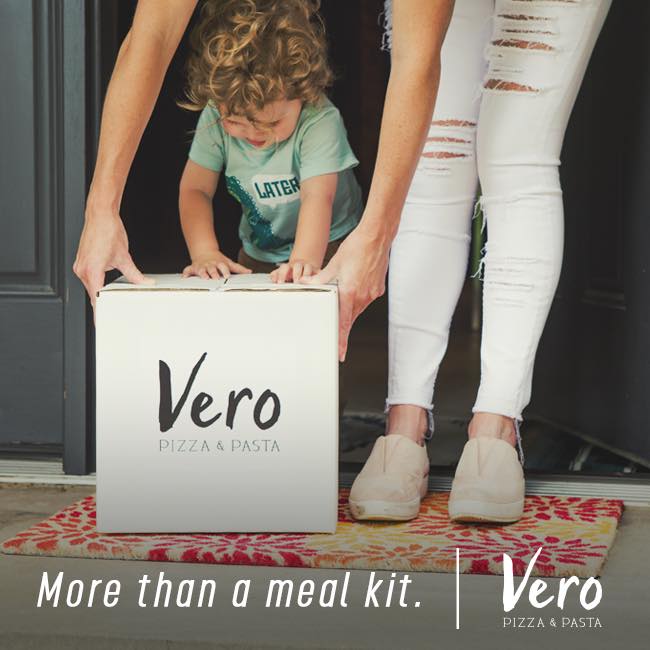
Still, some meal-kit companies may have a bumpy road ahead of them. Industry leader Blue Apron, the first company in the sector to go public, has underperformed with investors. Its IPO sold for only $10 per share, substantially less than the $15 to $17 price-per-share the company had hoped to get.
Meanwhile, restaurants can actually take advantage of the meal-kit boom. According to the National Restaurant Association, 49% of consumers say they would buy meal kits from their favorite restaurants if they could. Katie Collier, owner of Katie’s Pizza & Pasta Osteria in St. Louis, has already moved into the sector, launching her Vero Pizza & Pasta meal kit business this year. Collier’s meal kits are priced for families or two people at $55 and $49.50, and customers can learn to prepare the food by watching instructional videos featuring Collier herself.
The market “will face significant and costly customer acquisition and retention and supply chain challenges,” the Pentallect report noted. But assuming it grows as expected, Blue Apron and similar companies—such as Plated and HelloFresh—will target higher-income diners between the ages of 25 and 44, which is a key demographic for full-service restaurants.
“As the meal-kit market expands, the restaurant industry is poised to lose millions of occasions and billions of dollars to this new form of competition,” the Pentallect report concludes. “This adds new pressure for the industry to rethink its practices and make appropriate corrections.”
